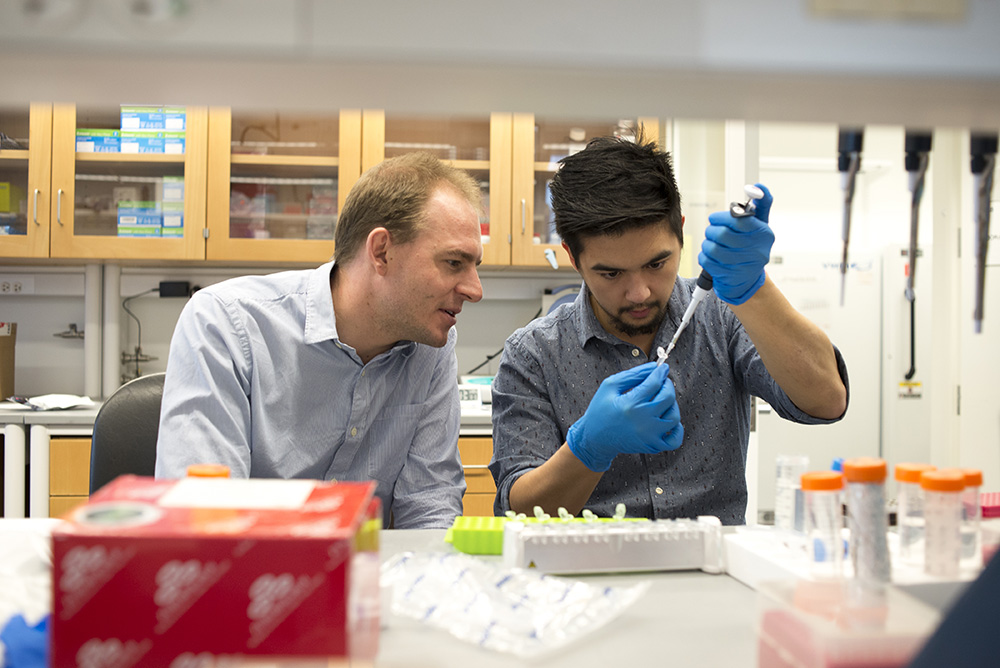New organ transplant monitoring promises better patient care
By Syl Kapacyr

Using a combination of DNA sequencing and computer science, a team of researchers has developed a new method for monitoring the health of organ transplant patients – one that promises to provide life-saving clues to diagnose organ rejection at an early stage.
More than 180,000 people live with organ transplants in the U.S., and many undergo costly and risky biopsies to determine if their body is accepting or rejecting an organ. An alternate method demonstrated by Iwijn De Vlaminck, assistant professor of biomedical engineering at Cornell University, found that cell-free DNA (cfDNA), essentially fragments of dead cells derived from an organ, can be detected in a patient’s bloodstream and used as a proxy for the organ’s health. The more cfDNA that is discovered, the greater the likelihood the organ is failing. But without knowing the donor’s DNA – which is often the case – doctors have no reference to identify the cfDNA.
Now a research team from Cornell and Stanford University has demonstrated a method for identifying cfDNA without the donor. To address the issue, the team developed a computer algorithm that can estimate the donor-derived cfDNA and can predict heart and lung rejection with an accuracy similar to that in cases where donor information is available. The method is detailed in the paper “Quantification of transplant-derived circulating cell-free DNA in absence of a donor genotype,” published Aug. 3 in the journal PLOS Computational Biology.

“Our method can be easily adapted to monitor the health of other transplanted organs such as liver and kidney,” said De Vlaminck, adding that the paper details a refined algorithm to address closely related recipients and donors, a scenario that is common in bone marrow and kidney transplantations.
The algorithm uses publically available genotypes and techniques of relationship inference to model which cfDNA fragments are most likely from the organ. “Specifically, the model infers the donor’s most probable ancestral population and accounts for close relationship by detecting DNA segments that are identical due to close descent,” said Eilon Sharon, a Stanford postdoctoral researcher and co-author of the paper.
The findings alleviate a major barrier to using cfDNA detection – also known as genome transplant dynamics – instead of biopsies, and researchers hope the computer science-based method will help save lives. Accurate monitoring of organ health is essential to a patient’s long-term survival; the median survival rate for a heart transplant patient is 11 years and only 5.3 years for recipients of lungs.
“We are excited about the multiple applications for this method in transplantation medicine and we are looking forward to seeing it used in clinical settings,” said De Vlaminck.
The study was funded by the National Institutes of Health and EMBO (European Molecular Biology Organization) Long Term Fellowships.
Syl Kacapyr is public relations and content manager for the College of Engineering.
Media Contact
Get Cornell news delivered right to your inbox.
Subscribe